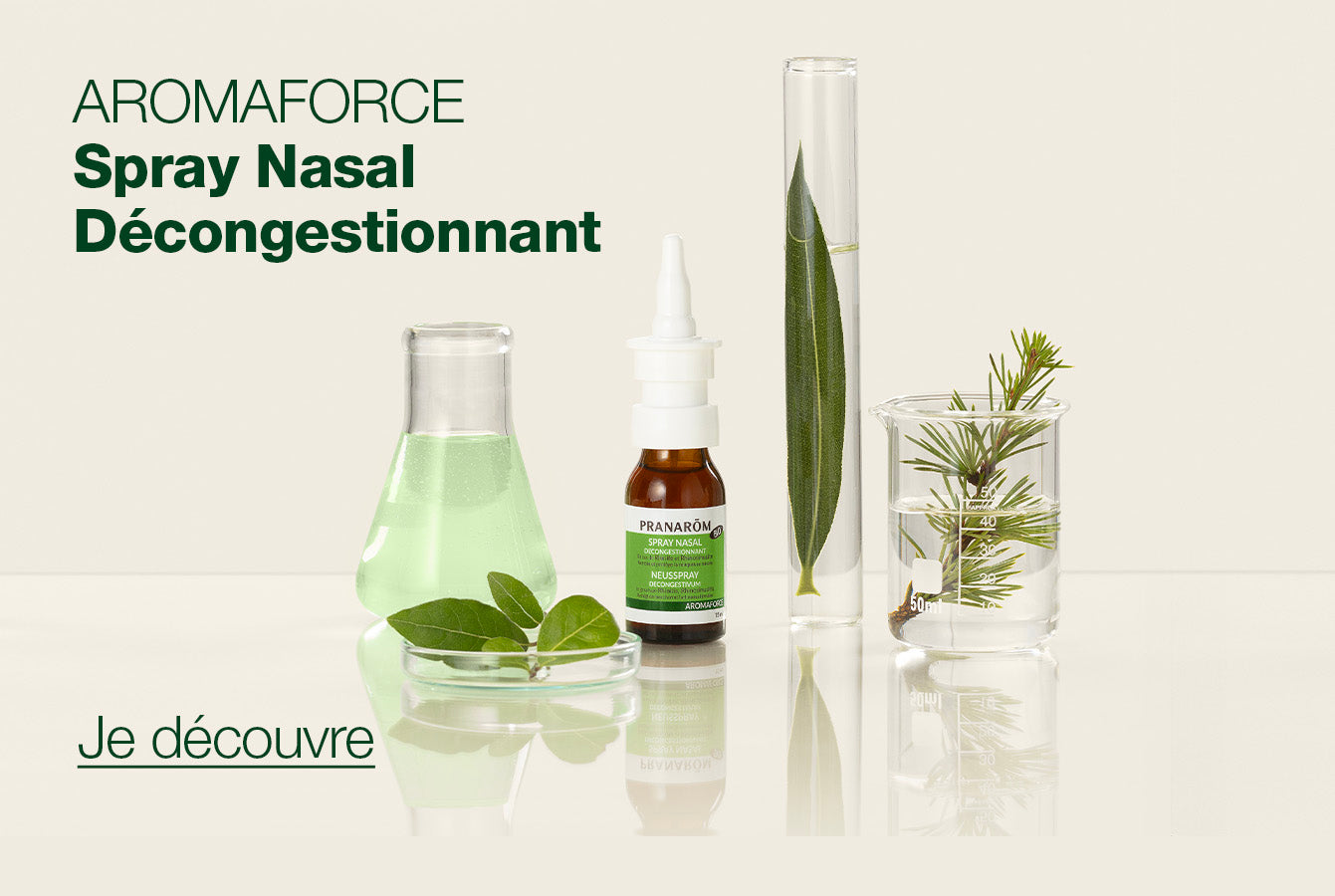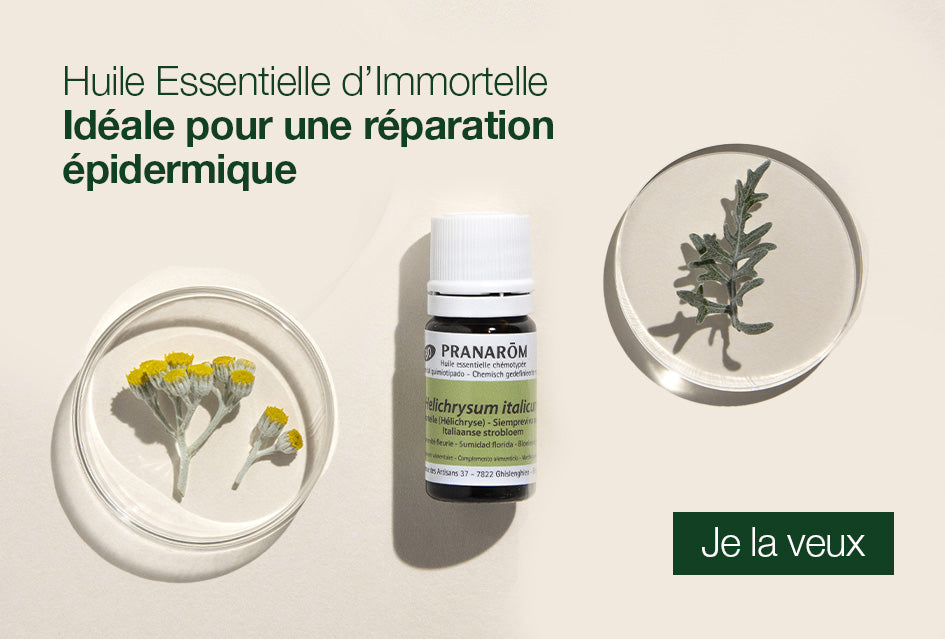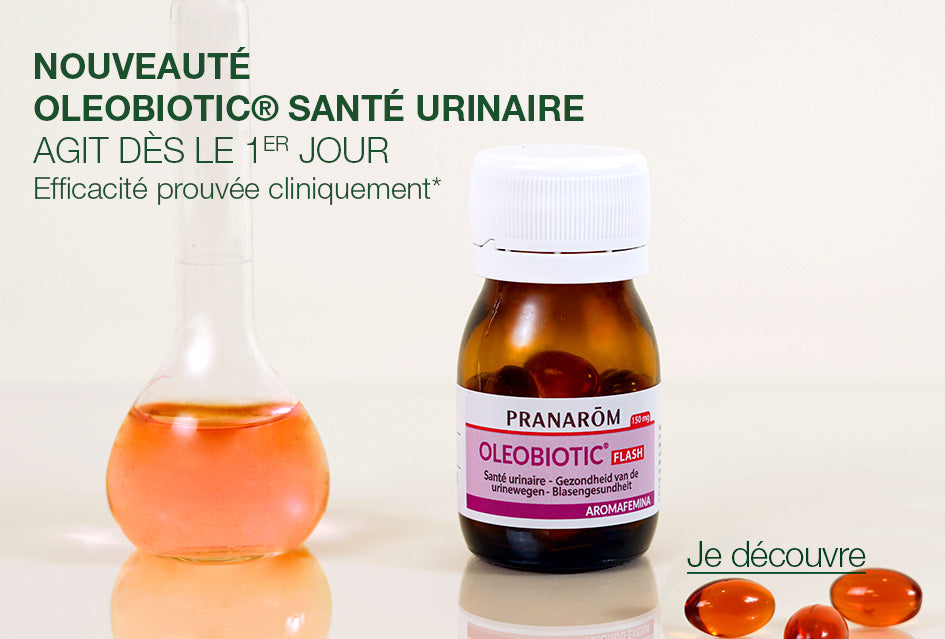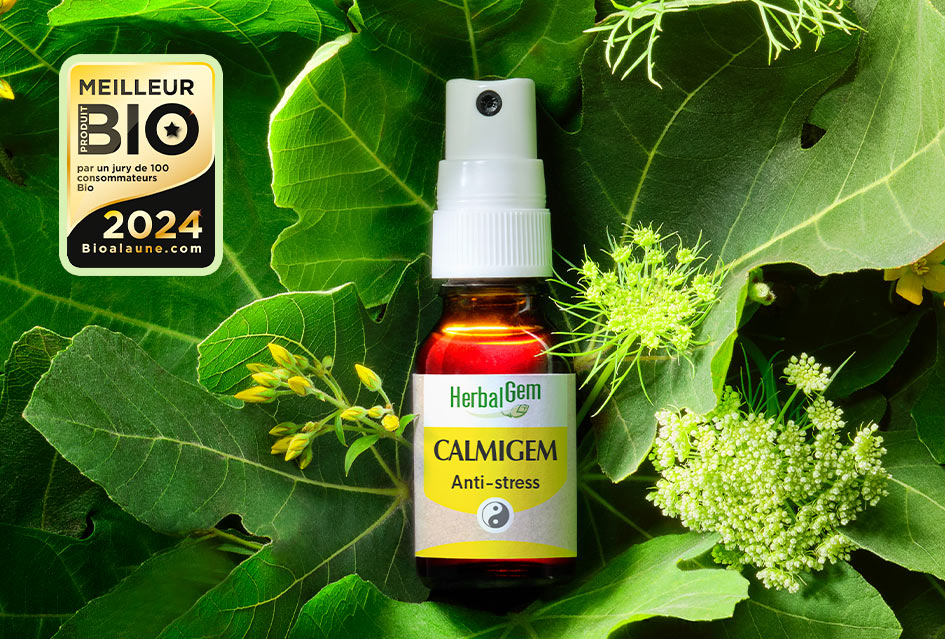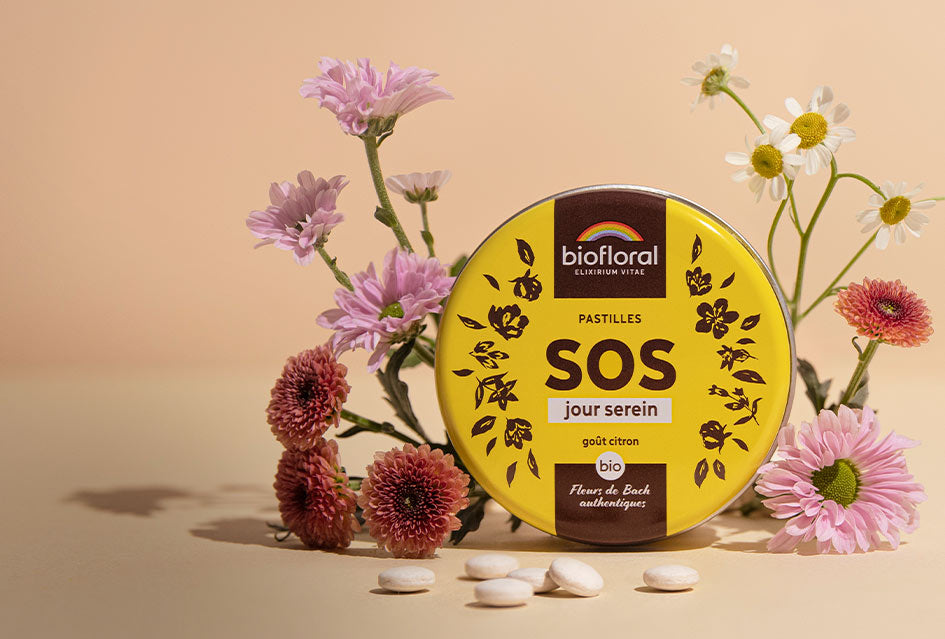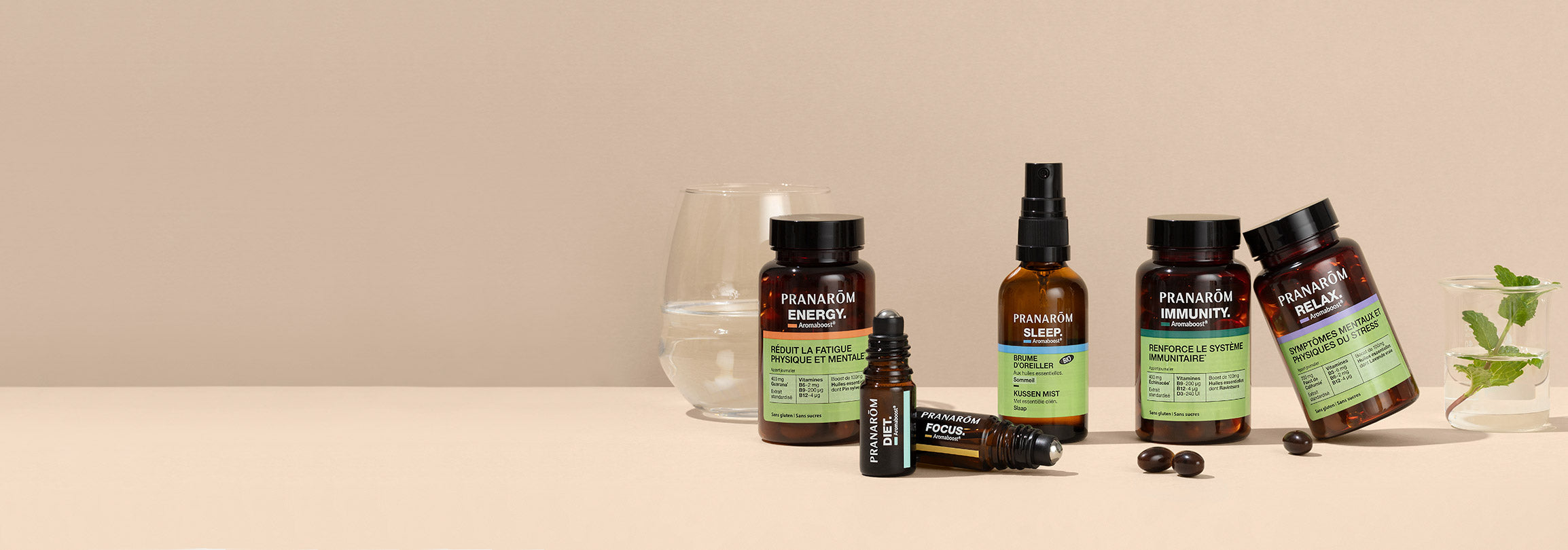OTHER INDICATIONS:
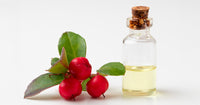
You are on the great Guide to Essential Oils.
For regulatory reasons, the Pranarōm product catalog is accessible from the search bar and navigation menu.
Properties of Wintergreen
Anti-inflammatory ++++
Analgesic and vulnerary ++++
Antirheumatic ++++
Antispasmodic +++
In case of Inflammation
In case of Muscle pain and tension
History of Wintergreen
Contraindications of the wintergreen
Voie Orale :
Voie Cutanée :
Diffusion :
Inhalation :


